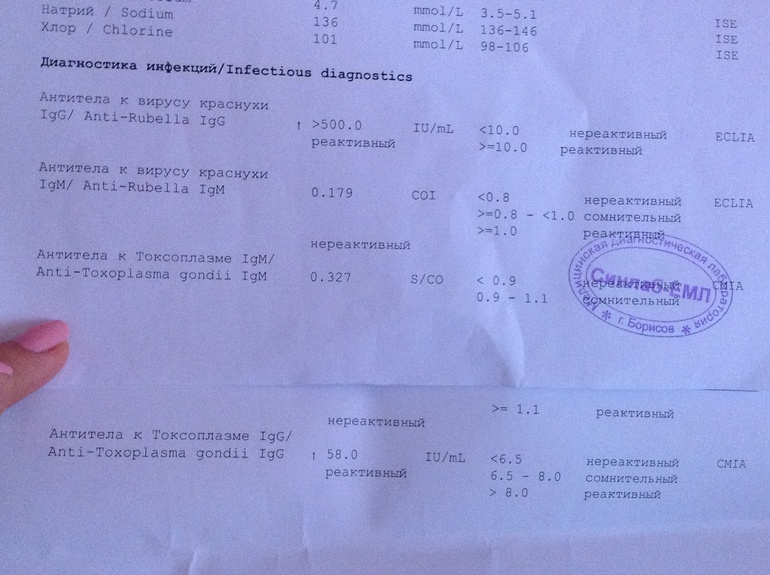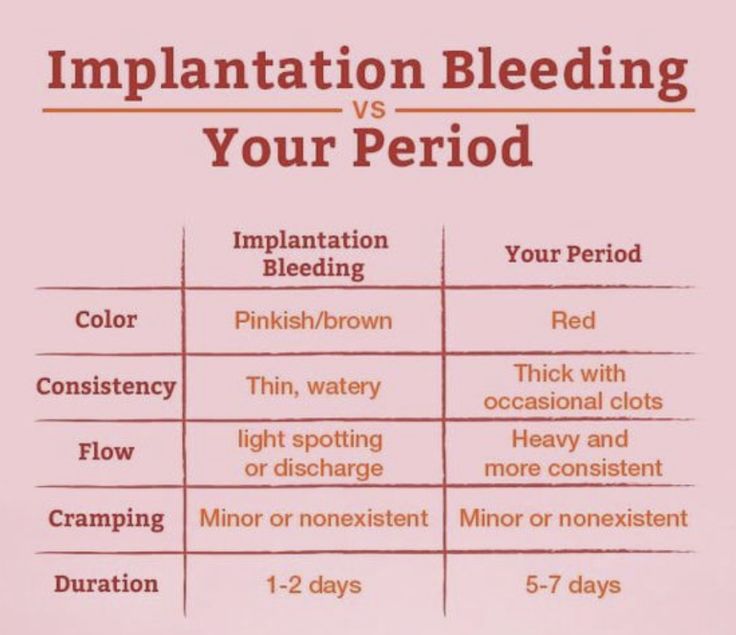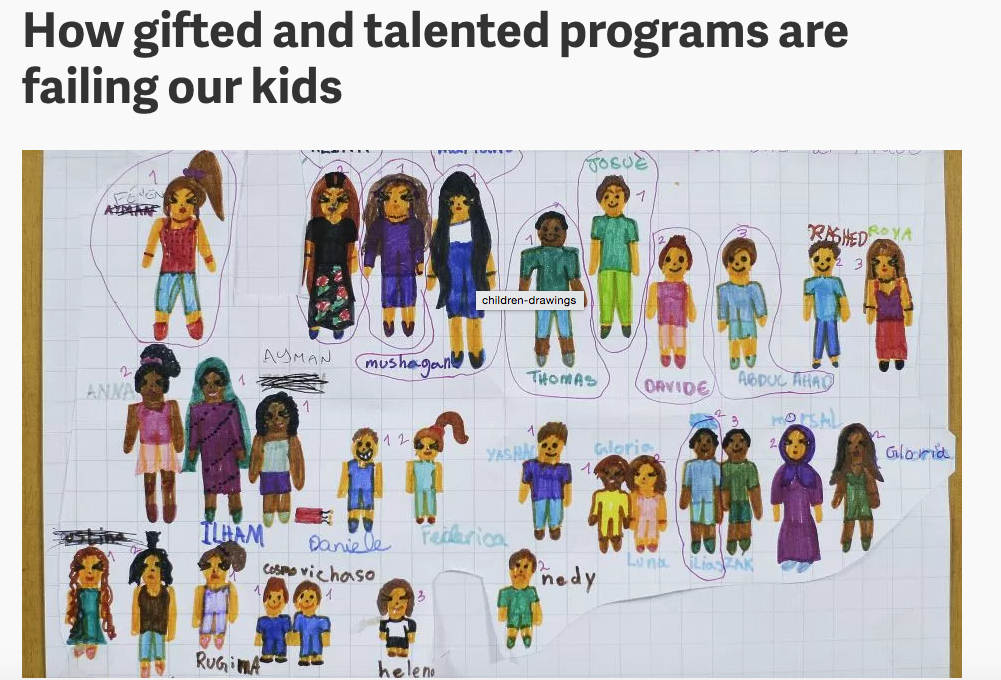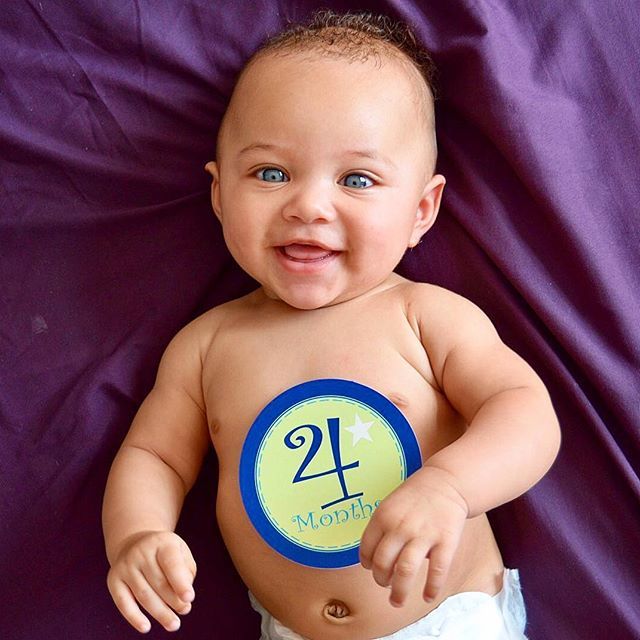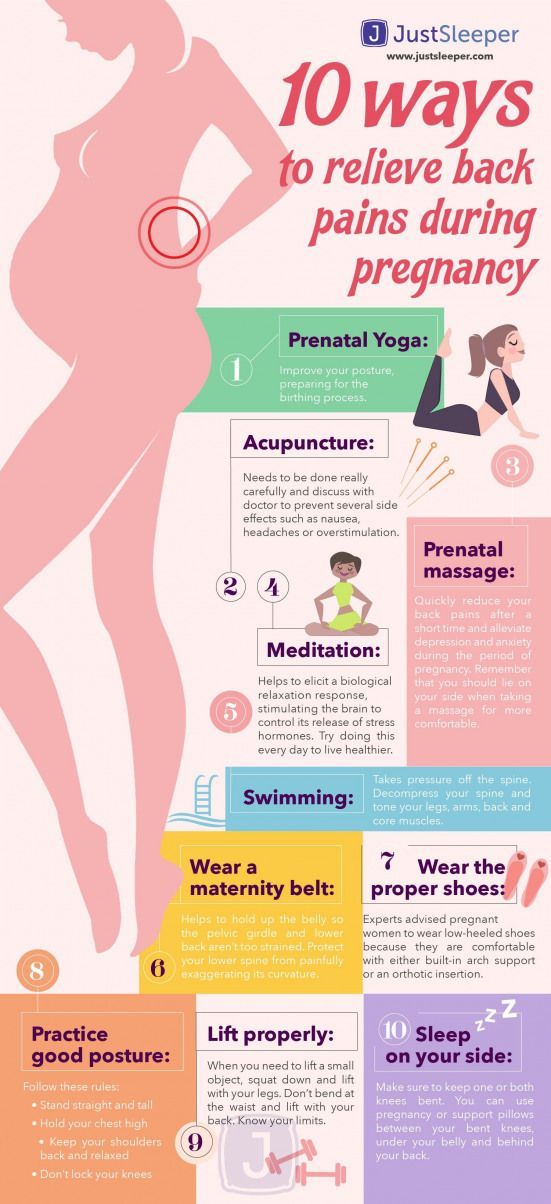How do i know if my child needs occupational therapy
5 Signs Your Child May Need Pediatric Occupational Therapy
Occupational therapy helps children with motor, cognitive, physical, and speech delays to develop their skills. It also focuses on how kids carry out daily tasks. Pediatric occupational therapists work in various settings like homes, schools or other health care facilities.
Pediatric occupational therapists work to improve the function and independence of children and teens with disabilities, injuries, or illnesses. They provide therapeutic interventions that help develop their fine motor skills, cognition, language skills, and more.
Pediatric occupational therapists are experts in analyzing and designing activities to help children of all ages and with all types of needs. They can work in a variety of settings, including schools, homes, or other health care facilities.
Who benefits from Pediatric OT?Pediatric occupational therapy is very beneficial for children with autism spectrum disorder (ASD), Down syndrome, cerebral palsy, and developmental delays of varying degrees in all domains of development. Occupational therapy can also help kids who are recovering from a brain injury or stroke. There are many reasons why your child might need a little help, even if they had a normal birth and don’t seem to have any developmental problems. Oftentimes, there might be just one small area that, for whatever reason, the child doesn’t seem to be up to speed with their peers. If you see this in your child ask your pediatrician what you should do about it.
Pediatric occupational therapists work with children from the time they are born to the time they are adults. The skill sets they work with include feeding oneself, dressing oneself, using the bathroom independently, and walking without assistance.
OT can Improve your child’s everyday life.Occupational therapy for kids is a type of treatment that focuses on how kids carry out activities in their everyday lives. With occupational therapy, the therapist will work with the child to help them develop important skills and improve their function.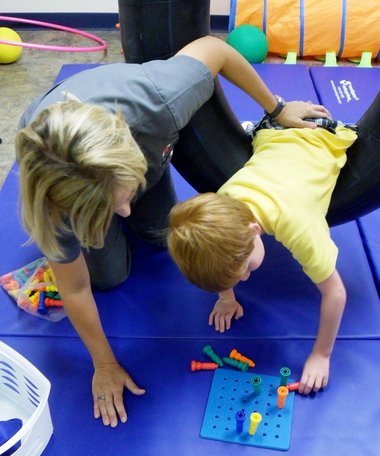 It may also involve exercises and equipment to do tasks at home, like brushing teeth or washing dishes.
It may also involve exercises and equipment to do tasks at home, like brushing teeth or washing dishes.
The pediatric occupational therapist will ask questions about how the child is doing in school and what they enjoy doing outside of school. This information will help them determine what goals to set for the child.
Occupational therapy for children is essential for children who have motor skills delays, sensory processing disorders, or coordination issues. The first step to identifying if your child needs help in this area is to watch them during the day and see how they interact with the world around them.
Occupational Therapy for childrenOccupational therapy for children is an important part of a child’s development. It focuses on the activities that are required to do tasks and participate in daily life. The therapist will provide treatment for sensory and motor skills, self-help, play, social skills, school readiness, fine motor skills, and cognitive development.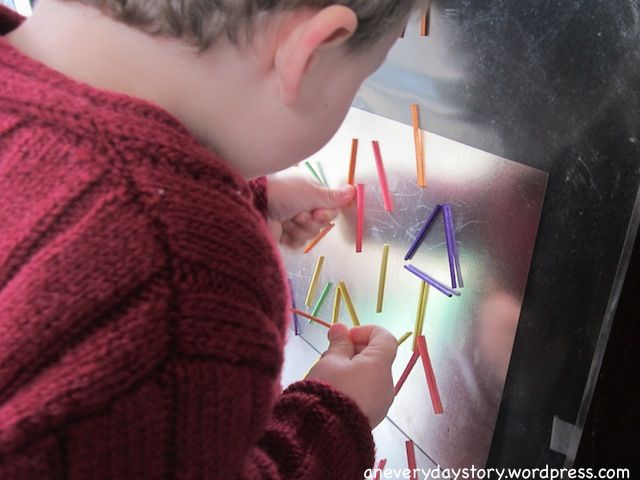
Pediatric occupational therapy is needed when getting oneself dressed cannot be done. Pediatric occupational therapy helps children with disabilities, developmental delays, and other conditions to participate in activities of daily living.
Occupational therapy for kids helps children develop the skills and abilities they need to participate in all aspects of a normal life. Through these activities, children can learn things like self-care skills. They also learn to prepare a snack, act appropriately at school or in social situations, and more.
Furthermore, occupational therapy is often recommended for people who have difficulties with such tasks as dressing, feeding themselves, or using the toilet independently.
5 signs your child may need pediatric occupational therapy:1- If your child avoids certain textures or surfaces, they may have a sensory processing disorder. The pediatric occupational therapist will help the child overcome this with certain activities while making it fun and not scary. It is amazing to watch a professional help a child overcome sensory issues that you thought were never possible as a parent.
It is amazing to watch a professional help a child overcome sensory issues that you thought were never possible as a parent.
2-If they do not use both hands together when playing or pretending to cook, they may need assistance developing their fine motor skills. This can be due to a number of reasons. However, with the right pediatric occupational therapist, you will see improvements, sometimes right away. Your pediatrician might also make some suggestions on ways that you can work on this at home.
3- If your child has difficulty dressing themselves or tying their own shoelaces, then it is time to speak to your pediatrician about your options. Getting oneself dressed can show the signs that the fine motor skills are needing a little improvement. However, in due time you will have a child that will master these skills one at a time. Try not to do it for them, as you are not helping them to learn. While this is hard for some parents as you are in a hurry, taking the time to let them do it themselves is critical.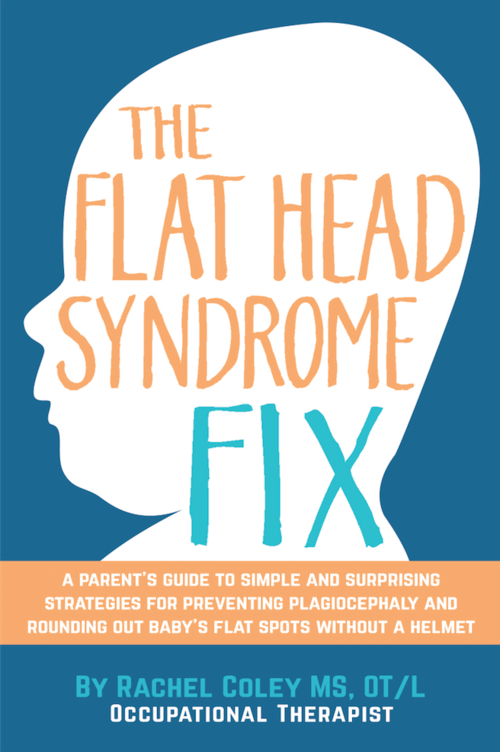
OT isn’t something that will help a child overnight. It will take time and practice. However, pediatric occupational therapists have the skills to make this a fun learning experience at the same time. There will be times that the child will become frustrated and need a break and that’s okay too. We work with patients to build up their comfort level and help them achieve their goals in a positive manner.
Looking further into signs your child might need Occupational Therapy4- If they are not good at self-calming methods like deep breathing or gazing up at a lighted ceiling fan, then it may be time for some OT assistance. When children have a hard time calming themselves, they can seem out of control and impossible. However, this is a skill that can help the entire family have a better life overall. Everyone will benefit from the help that this child will get during occupational therapy for children.
5-Avoiding eye contact is another tall tale sign that your child might need pediatric occupational therapy.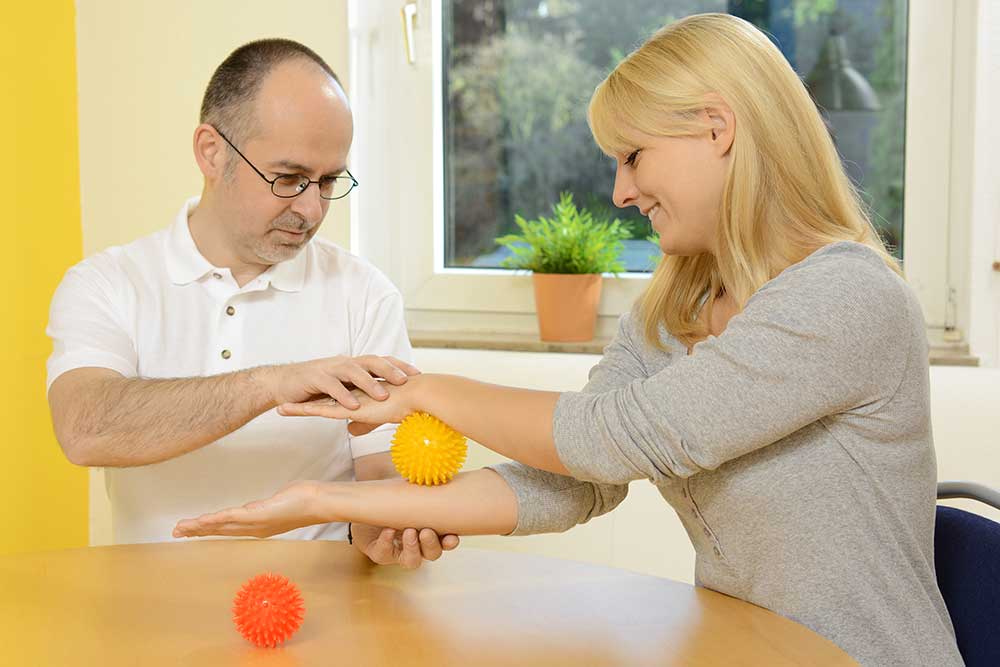 Eye contact is not the only way you can tell signs of autism. But it is a vital and important sign that you should not dismiss. So if your child avoids eye contact, it’s time to have them assessed by a pediatric occupational therapist.
Eye contact is not the only way you can tell signs of autism. But it is a vital and important sign that you should not dismiss. So if your child avoids eye contact, it’s time to have them assessed by a pediatric occupational therapist.
Pediatric occupational therapy helps children in a variety of ways. Should you feel that your child is behind developmentally, you should speak to your pediatrician for advice. Many times our patients come as referrals from the local pediatricians. Their doctors believe the patients have a need for our pediatric occupational therapy services.
If you have concerns about your child’s development or want to prepare for the future, then pediatric occupational therapy might be something you should consider. It can help increase the skills they need to succeed in their job and in school later on in life.
Discover out how easy it is to get started with Sensory Solutions Therapy by scheduling your initial phone consult.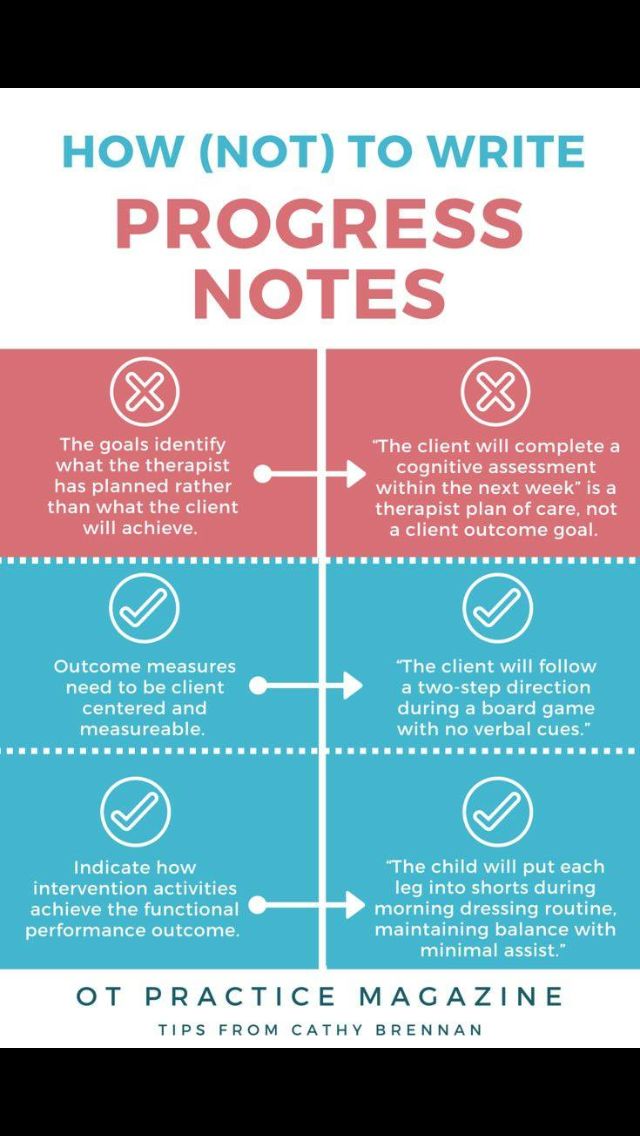
4 Signs Your Child Needs Pediatric Occupational Therapy
For kids, playing is their occupation. It helps them explore the world around them, learn to interact with it and develop essential life skills that will allow them to connect with others and do things independently one day.
Some children have trouble mastering the skills that will allow them to investigate and navigate their environment on their own. They might experience issues with fine or gross motor skills, sensory processing, visual-perceptual skills, and other abilities. In those cases, pediatric occupational therapy can make a big difference.
The purpose of pediatric occupational therapy is to help children become independent in all areas of life. An occupational therapist can assist kids in developing the skills that occupy their days, such as eating and getting dressed. Children with developmental delays can make significant strides socially and emotionally by working with a therapist.
Here are just a few signs that your child might benefit from pediatric occupational therapy.
1. Difficulty achieving age-appropriate developmental milestones. Occupational therapy can help children who show signs of developmental delays. For example, if your 1-year-old isn’t crawling yet or if your 2-year-old can’t walk steadily, you should consult a medical professional about possible developmental issues. You can learn more about red flags for potential developmental delays for kids ages 1-5 from this blog entry.
2. Issues with fine motor skills. Some children struggle with tasks that require strength, control, and dexterity of the small hand muscles. Kids who have trouble with fine motor skills will have a difficult time with tasks like using scissors, drawing, stringing beads, and using utensils, according to the Child Mind Institute. If fine motor skill issues aren’t addressed, a child with delays in this area could have a hard time performing essential activities like writing and using computers at school.
3. Trouble with gross motor skills. Occupational therapy can also help children who have trouble with gross motor skills, which involve the major muscle groups, the Child Mind Institute states. Kids experiencing gross motor skill issues will have difficulties related to balance, strength, endurance and coordination – which can affect their ability to climb stairs, walk, hop, and play catch, among other activities.
4. Sensory processing problems. Children with sensory processing disorders can benefit from pediatric occupational therapy. If your child seems to overreact to touch, taste, sounds, or smells, that’s a common sign that he or she could have sensory processing issues and might need occupational therapy, according to EverydayFamily. Kids with sensory processing problems might also display under-sensitivity and keep seeking out sensations by moving around and touching everything constantly, according to the Child Mind Institute.
Overall, occupational therapy can help children with a range of conditions.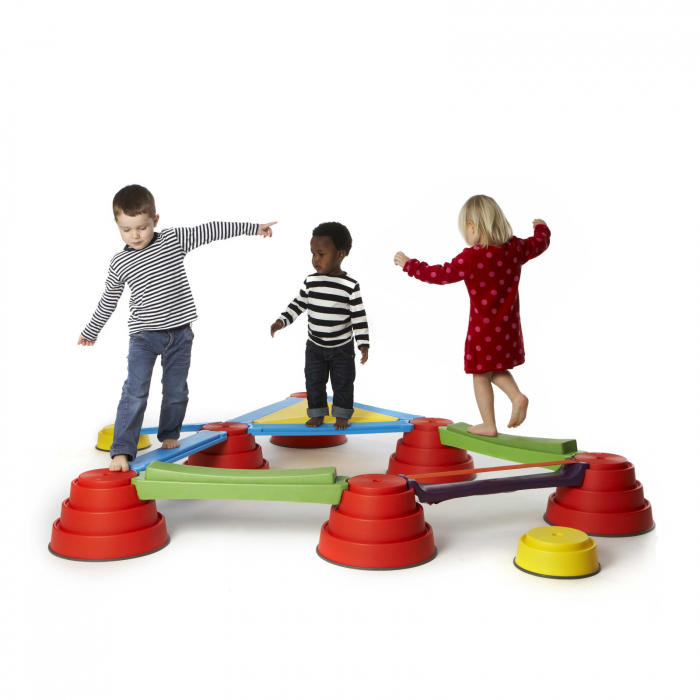 Our pediatric occupational therapists at Little Steps specialize in but aren’t limited to the following:
Our pediatric occupational therapists at Little Steps specialize in but aren’t limited to the following:
- Birth injuries or defects
- Traumatic injuries
- Developmental delays
- Post-surgical conditions
- Autism/pervasive developmental disorders
- Hand injuries
- Sensory processing disorders
- Chronic illnesses
To learn more, feel free to contact us today by calling 847-707-6744 or emailing [email protected]. If your child needs occupational therapy, our compassionate therapists can help him or her achieve independence, grow, learn and thrive in various environments.
Occupational therapy in raising a child
11/09/2019
author: Efremova Antonina Alexandrovna
Labor is the basis of human life. In order to create material, intellectual, spiritual values, a person has to make efforts, work. Labor activity develops intellect, has a positive effect on the formation of an active personality, and improves socialization skills.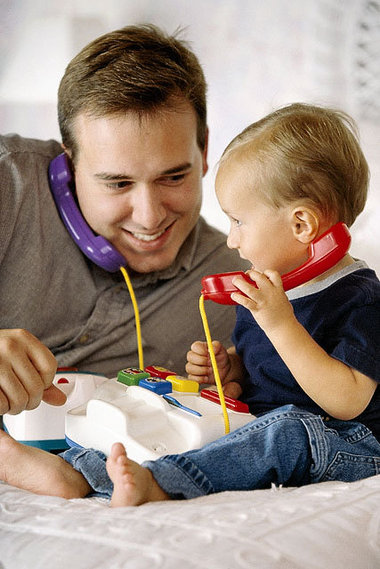
In order to physically and psychologically prepare a small person for work, it is important from an early age to engage in his labor education, which should be aimed primarily at educating the ability and desire to work. Occupational therapy is also used as a method of dealing with aggression and other inappropriate behaviors in children.
Types of work available for a preschooler
Self-service
In a family or kindergarten, kids learn to take care of themselves:
In addition to self-care skills necessary in life, babies develop such valuable qualities as independence, the ability to overcome obstacles, and self-confidence. Children begin to depend less on adults, besides, they develop a habit of neatness.
Household work
Toddlers learn the skills necessary for everyday life:
- Learn to keep the house clean.
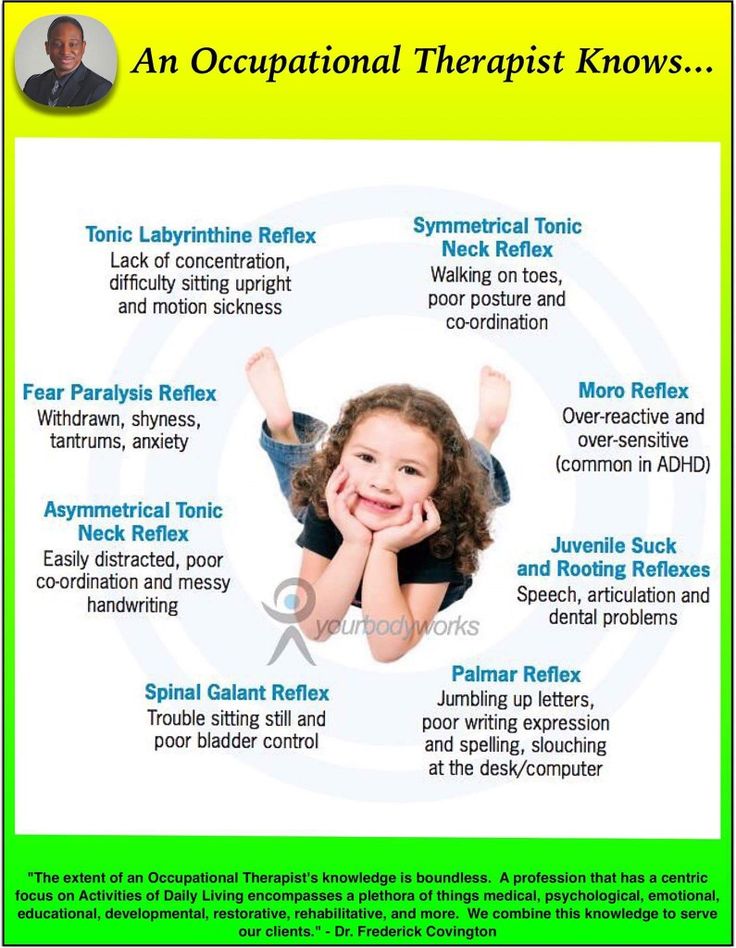
- Help adults set the table and wash dishes.
- Sweeping paths.
- Wash toys, wash doll things.
Household activities of a child are aimed at helping parents or the children's team, so it is very important for cultivating a caring attitude towards other people. Toddlers learn to keep themselves clean, and noticing the mess - to eliminate it on their own. They become more active, proactive, independent, persistent in achieving their goals.
Manual labor
Children supervised by adults:
- Make crafts from paper, cardboard, various natural materials (acorns, cones, fruit stones, cereals).
- Sew toys from scraps of fabric.
- Sculpt figures from plasticine or clay.
Toddlers learn useful skills to work with simple tools and technical devices, get acquainted with the properties of materials, learn to correctly assess their capabilities, and also bring things to the end.
Manual labor develops fine motor skills of hands, perseverance, imagination, constructive and creative abilities, affects the moral education of the child.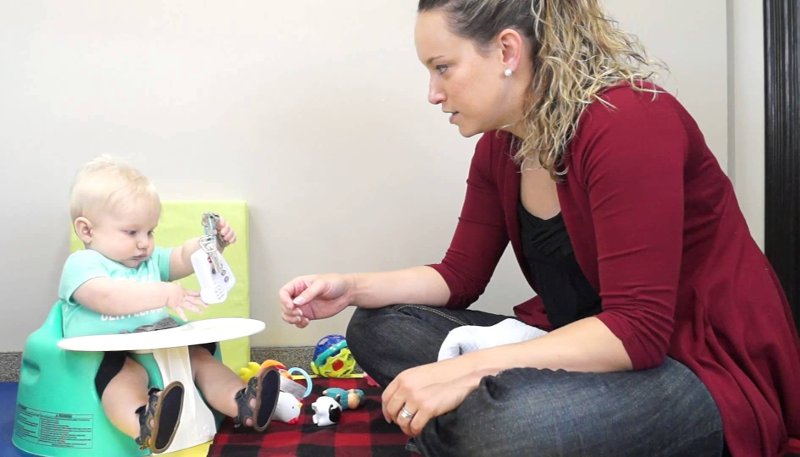 After all, crafts can be given to parents, relatives, friends - thereby the baby learns to work in order to bring joy to his loved ones.
After all, crafts can be given to parents, relatives, friends - thereby the baby learns to work in order to bring joy to his loved ones.
Labor in nature
Children of older preschool age enthusiastically help adults:
- Take care of pets or indoor plants.
- They plant flowers and trees near the house or in the yard of the kindergarten.
- They make feeders and feed the birds.
- Gather fruits and vegetables in a country house or garden plot.
- Watering the beds.
- They paint trees.
This type of labor plays an important role in labor, moral, intellectual and physical education. He introduces the children to the principles of ecology, teaches them to love their native nature. Toddlers become more inquisitive, observant, hardy, strong. Watching the growth of plants in anticipation of the harvest, they cultivate patience and the ability to wait for the results of their activities. They also learn to be responsible, treat living beings with care and give joy to other people by treating them with berries they pick with their own hands or presenting flowers they have grown.
These types of labor have different meanings in the upbringing of children of different age groups. For example, self-service comes to the fore when teaching labor skills to the youngest children, and older children willingly work in a team in the yard or on the site, learning to help each other, join forces to achieve a common result and distribute responsibilities.
At what age should a child be taught to work?
Some parents shrug off the help of their little ones or prefer to dress their child on their own before kindergarten - it's faster and easier to do something yourself. However, psychologists and teachers agree: it is necessary to start accustoming children to work no later than 2-3 years, when they awaken a thirst for independence and a desire to help adults. In this case, kids will more easily get used to maintaining order and learn to love work, which will help them during their studies at school and later in life.
Is it possible to punish with labor?
Cleaning or working in the country should not be a punishment for wrongdoing! After all, work must be loved, and love “under pressure” is impossible.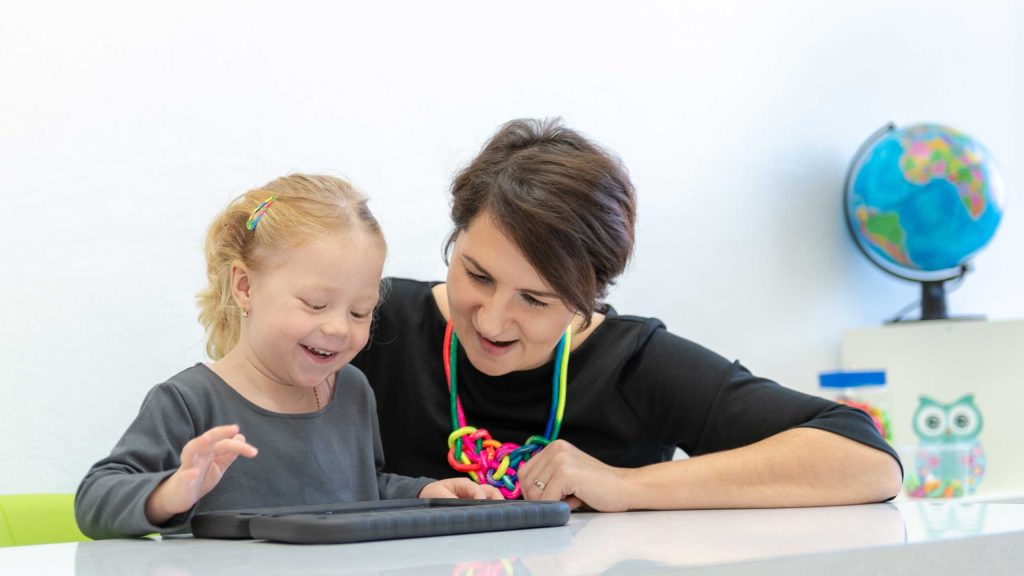 On the contrary, you can punish the child by depriving him of the joy of working with his parents or the children's team.
On the contrary, you can punish the child by depriving him of the joy of working with his parents or the children's team.
Should child labor be paid?
Many parents believe that since they get paid for their work, their children deserve money too. Psychologists do not recommend using money to encourage a son or daughter (grandson or granddaughter) for work, since there is a risk that the child will refuse to help “for no reason” in the future. It is better to reward the baby with a trip to the cinema or his other favorite pastime, emphasizing that you have worked well together and can have a great rest.
5 tips on how to teach your child to work
- Educate children by your own example.
- Entrust them with interesting and feasible tasks.
- Teach kids to respect other people's work, talk about its significance and importance.
- Engage in teaching your son or daughter to take care of themselves or put things in order systematically, and not on a case-by-case basis.
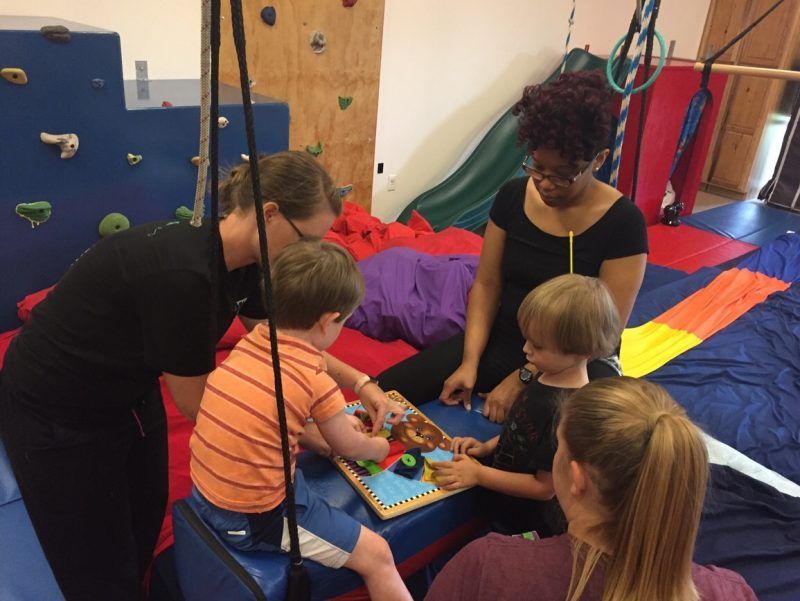
- Make sure that the inventory is comfortable for the baby and attracts his attention with a bright color or an interesting design.
Proper labor education helps the child grow up active and purposeful. Work prepares the baby for life, motivates him to achieve results in his studies and work.
Back to all news
What is non-verbal learning disorder and how to help a child?
Many people think that the term "learning disorder" only covers problems with verbal skills, like reading or writing. But what if your child has good verbal skills and a large vocabulary but doesn't understand when someone is being sarcastic? What if he reads at an advanced level but can't identify key parts of the story?
These are the classic signs of Nonverbal Learning Disorder (NVLD / NLD). Nonverbal learning disorder (NVLD) affects skills such as abstract thinking and organization. NRA affects your child's learning ability, but creates even more problems when it comes to communication.
 Learn more about NRA and how to help your child.
Learn more about NRA and how to help your child. What is Nonverbal Learning Disorder?
Learning and attention disorders create difficulties in communication. The NRA affects a child's social skills, but not their speaking or writing skills.
Children with non-verbal learning disorder tend to talk a lot, but they don't always manage to do it in acceptable ways. They often miss important information, don't understand sign language, so it's hard for them to make friends, and there can often be misunderstandings with teachers, parents, and other adults.
In contrast to children with learning disorders related to speech and writing (dyslexia, dysgraphia), children with NDE have difficulty understanding non-verbal communication. This includes body language, intonation, and facial expressions.
When a classmate says something sarcastic, a child with non-verbal learning disorder may take it literally. He may laugh at something serious because the speaker is smiling.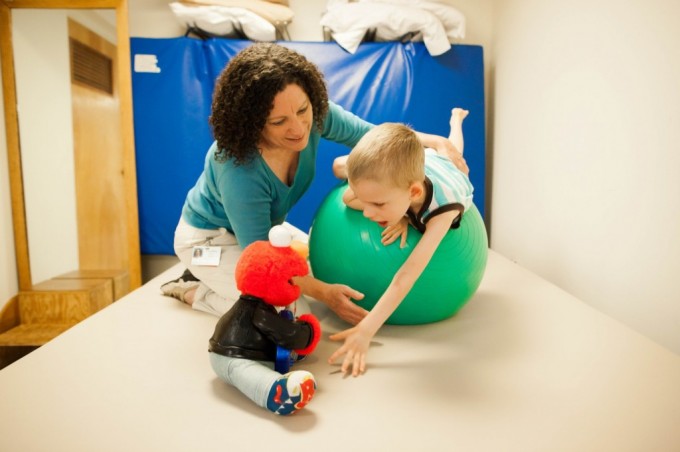 Due to the fact that the child does not understand the non-verbal subtext to words, it is difficult for him to make friends.
Due to the fact that the child does not understand the non-verbal subtext to words, it is difficult for him to make friends.
In order to better understand what NLR is, it is necessary to learn more about learning disorders based on speech developmental problems. Children with these problems have difficulty reading, writing, and speaking. Their speech and language skills are weak and they have difficulty with accuracy and processing speed.
Some children with NDE have good language skills but have difficulty analyzing information and understanding hidden meanings. They may not have problems with written or spoken language, but they take information literally without understanding the subtext.
The exact cause of NRO is not yet clear, but researchers believe that this is due to a lack of coordination in different brain processes located in the left and right areas of the brain.
Despite growing awareness of this disorder, nonverbal learning disorder is controversial in medical circles.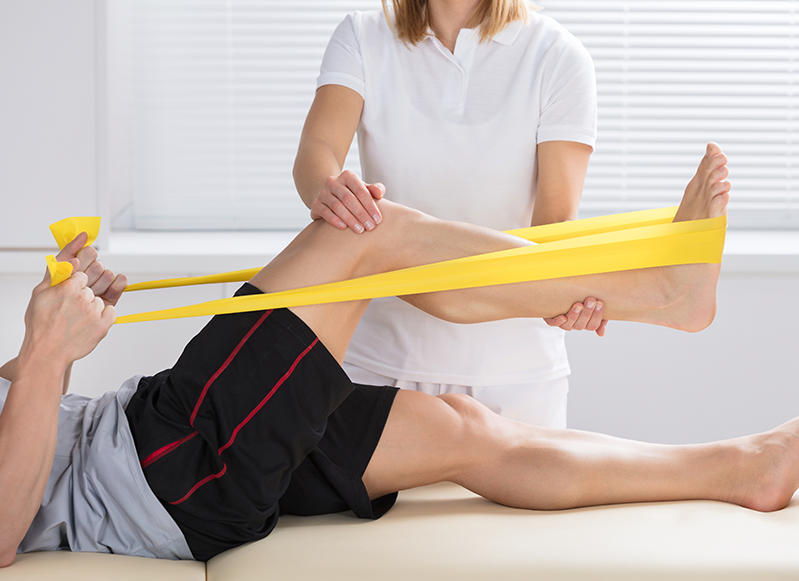 It does not appear in the Diagnostic and Statistical Manual of Mental Disorders (DSM-5), the most recent update of the manual used by therapists to diagnose learning disorders.
It does not appear in the Diagnostic and Statistical Manual of Mental Disorders (DSM-5), the most recent update of the manual used by therapists to diagnose learning disorders.
Non-verbal learning disorder may cause learning difficulties, but this does not mean that a child with NVD is not smart. Like most children with learning disabilities, children with LLD usually have average or above average intelligence.
It is also important to know that non-verbal learning disorder is not the same as Asperger's or autism, although they can also affect social skills and social interaction.
How common is non-verbal learning disorder?
It is difficult to know exactly how many children an NRA has. This is because there is no clear definition of what this category of learning disorder includes. Studies show that the NRA may have 1% of children in the United States. This applies equally to boys and girls. Apparently, NRO is not inherited, as, for example, problems with concentration and dyslexia.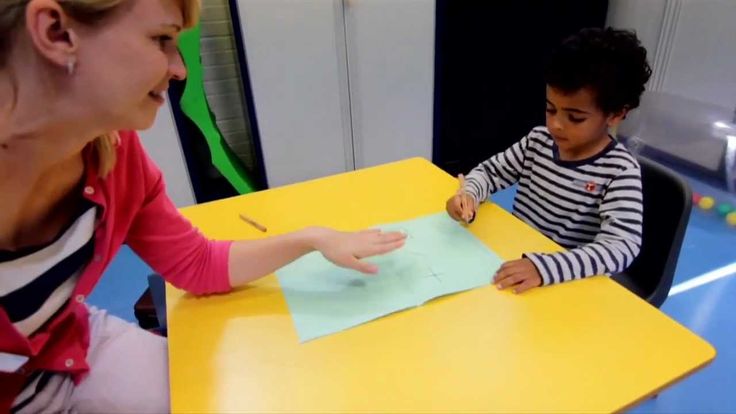
Non-verbal learning disorder often occurs in people with Asperger's syndrome. In fact, studies show that up to 80% of children with Asperger's have symptoms associated with NRO. People with ADHD may also experience symptoms of NRO, although there are no statistical data on this yet.
What causes NRA?
Experts don't know the exact cause of NRA symptoms. But they are exploring a number of theories related to differences in important brain processes and functions in the left and right sides of the brain.
There is no consensus among experts as to whether non-verbal learning disorder exists and what are the underlying causes of NLD symptoms. For example, some experts believe that problems may be caused by damage or developmental features of the part of the brain that coordinates the work of the two hemispheres. Others believe that the problems may be related to the frontal lobe of the brain, which is responsible for executive function skills such as working memory, organization and planning.
Help your child overcome learning difficulties quickly and permanently!
Learn more
What are the symptoms of NRA?
The main symptoms of non-verbal learning disorder include poor social skills, but NVE can manifest itself in other ways. For example, children with NDE may have difficulty with math, reading comprehension, writing, and/or physical coordination. Here are some of the symptoms you may find in your child with NRO:
-
Remembers information but does not know why it is important;
-
Communicates in socially unacceptable ways;
-
Pays attention to details but does not see the big picture;
-
Has difficulty reading;
-
Has difficulty with mathematics, especially with problems;
-
Physically awkward and clumsy;
-
Poor handwriting;
-
Takes information literally;
-
Does not understand intonation, body language, facial expressions;
-
Poor social skills;
-
violates the personal boundaries of others - may stand too close to the interlocutor;
-
Pays no attention to other people's reactions;
-
Changes subject abruptly;
-
Too dependent on parents;
-
Afraid to be in an unusual situation;
-
Has difficulty adjusting to change.
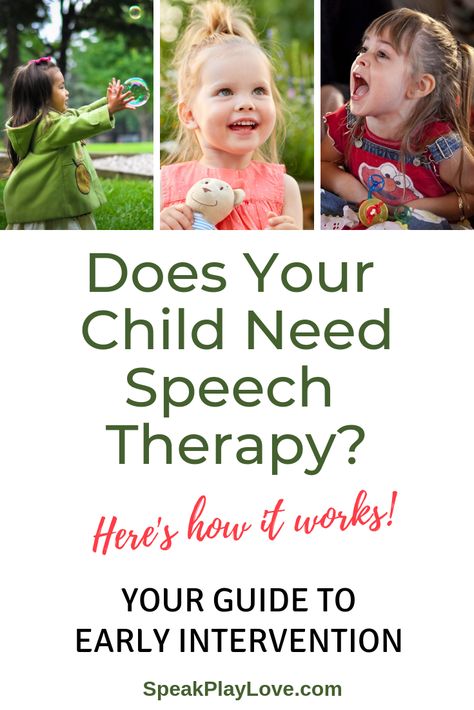
Children with ADHD are often misunderstood because of their behavior. Peers and adults may find them strange or immature. Not knowing that the child has NRO, the teacher may think that he is inattentive or cocky.
Symptoms may change with age.
Young children with non-verbal learning disorder may appear bright and precocious because they have good verbal skills. They, like little professors, ask adults a lot of questions and spew out the information received like a fountain.
Despite their good memory, they may find it difficult to interpret and draw conclusions from what they read.
As children get older, the symptoms of NRO may become more obvious and cause more problems. Children understand that they perceive social situations differently than their peers, but do not know what to do with it. Some develop anxiety that can lead to compulsive behavior, such as touching a doorknob a certain number of times before opening the door.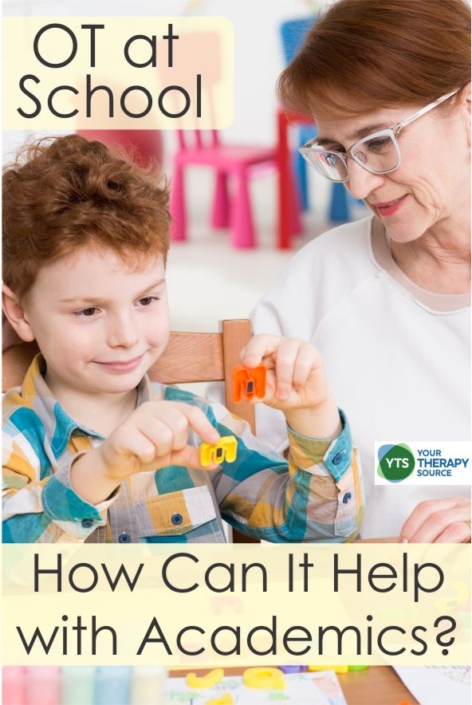
The sooner you know about your child's problems, the sooner you can find treatments and strategies to improve social skills and relieve anxiety.
What skills are affected by non-verbal learning disorder?
NLL does not affect all children equally, but for most children NLL affects the following skills:
-
Conceptual Skills: Difficulties with problem solving, understanding big concepts and cause and effect relationships.
-
Motor skills: problems with coordination and movement. This includes gross motor skills (such as running), fine motor skills (such as writing), and balance (such as cycling).
-
Visual-spatial skills: problems with visual images, visual processing and spatial relationships. The child may remember what he heard, but not what he saw.
-
Social skills: Difficulty sharing information in a socially acceptable way. The child may not understand sarcasm or facial expressions, may interrupt the interlocutor in the middle of a conversation.
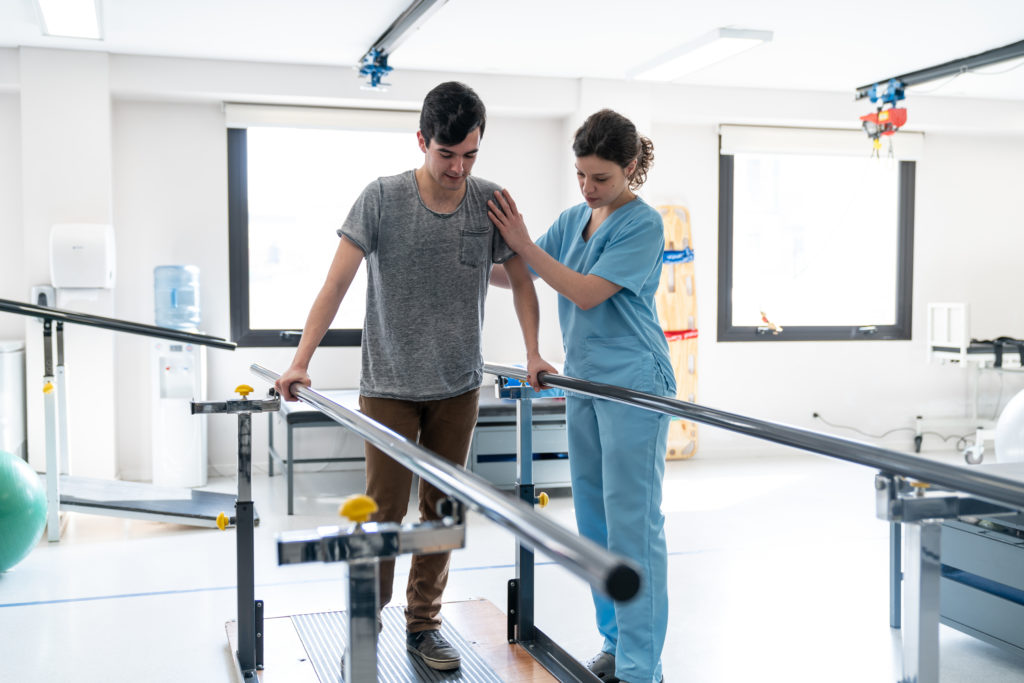
-
Abstract and critical thinking: problem with reading comprehension and understanding the "big picture". A child may be good at remembering details but not understanding the larger concepts behind them. You may also have trouble organizing your thoughts.
How to recognize NRA?
Since there is no universally accepted test for HRO, the diagnostic process involves several steps:
Step 1: Get a medical examination. Your child's doctor probably isn't an expert on learning disorders, but you can talk to them about your concerns and find out if a medical condition might be causing your child's symptoms. Your doctor can help you find a specialist, such as a neurologist, for further evaluation.
Step 2: Get a referral to a mental health professional. Once the medical causes are corrected, your child's doctor will likely refer you to a mental health professional such as a neurologist. The specialist will talk to you and your child about your concerns. He will then administer various tests to assess your child's ability in the following areas:
He will then administer various tests to assess your child's ability in the following areas:
-
Speech and language: Development of speech in young children; verbal skills, understanding of abstract ideas and context in older children.
-
Visuospatial Organization: The ability to draw a parallel between visual information and abstract concepts, such as reading a map or telling time by a clock.
-
Motor skills: Fine motor skills such as drawing and writing and gross motor skills such as the ability to throw and catch objects.
The specialist will look at your child's performance in these skills and ask you about the symptoms you have noticed in your child.
Step 3: Analyze the received information. After collecting all the information, the specialist will look for the strengths and weaknesses that are characteristic of children with ADHD. This will help determine if your child has a disability.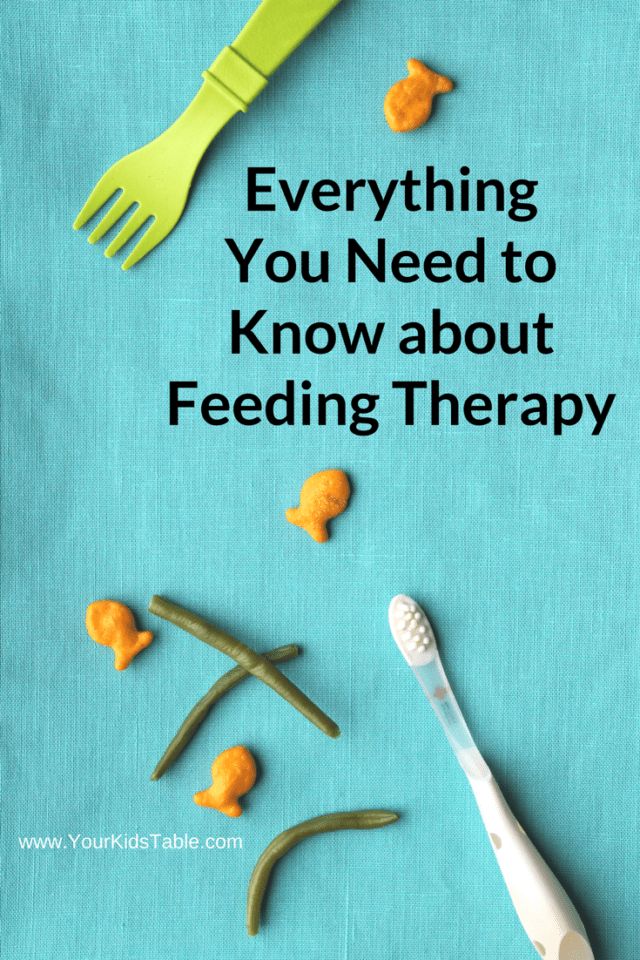
General strengths:
-
The level of intelligence is average or above average;
-
Good verbal skills;
-
Early speech development;
-
Good memory and ability to repeat what was said;
-
Learns better what he heard than what he saw.
General weaknesses:
-
Social skills;
-
Balance, coordination, handwriting;
-
Understanding cause and effect;
-
Visualization of information;
-
Activity level (higher at a young age, decreases with age).
What disorders are associated with NRO?
Nonverbal learning disorder is the disorder most closely associated with problems with social skills. However, there are several other disorders that prevent children from making friends. These disorders are not related, but they may occur together with NMR:
-
ADHD: Children with ADHD may initially be misdiagnosed with ADHD.
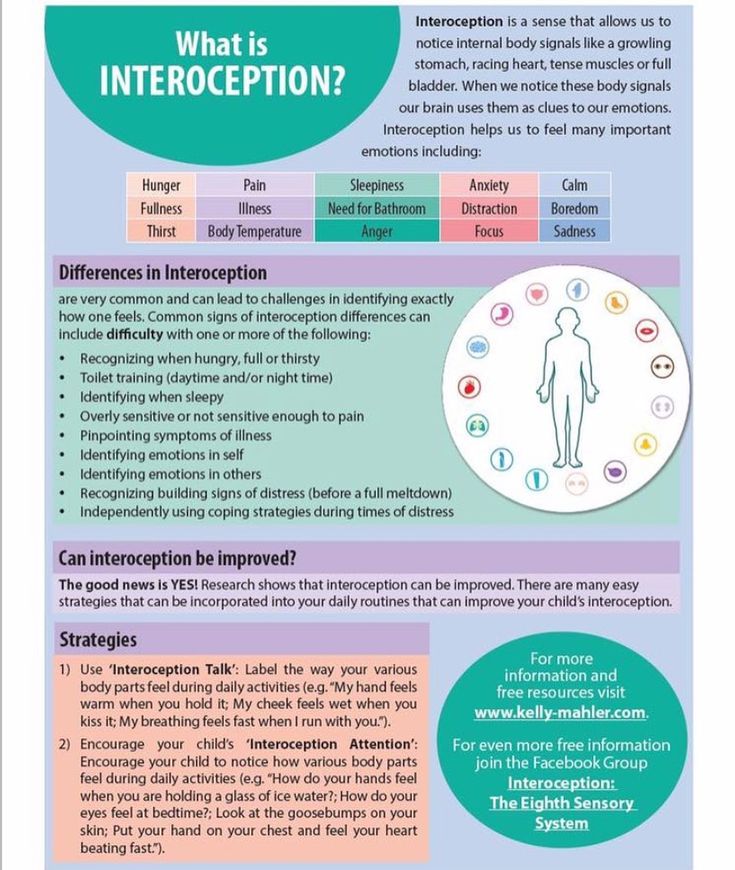 Both deviations have similar symptoms, such as excessive talkativeness, poor coordination and the habit of interrupting the interlocutor. But ADHD is not a learning disorder. This is a brain disorder that makes it difficult for children to concentrate, think about consequences, and control impulses.
Both deviations have similar symptoms, such as excessive talkativeness, poor coordination and the habit of interrupting the interlocutor. But ADHD is not a learning disorder. This is a brain disorder that makes it difficult for children to concentrate, think about consequences, and control impulses. -
Speech development disorders: these are problems with speech (expressive speech development disorder) and language understanding (receptive speech development disorder). Children with these disabilities find it difficult to understand and use sign language, follow directions, and carry on a conversation. NRO may also resemble some of the symptoms of social communication disorder.
-
Asperger's Syndrome: This is a developmental disorder that affects a child's ability to socialize and communicate with others. This is a mild form of autism. Many of the symptoms of Asperger's Syndrome and NRO overlap, and researchers suggest that about 80% of children with Asperger's Syndrome also have NRO.
But these are two separate disorders.
"We have the potential to help children who are lagging behind reach the norm and even exceed it!"
Watch part of Dr. Michael Merzenich's TED talk in 2004, where he talks about brain plasticity-based techniques to correct the workings in a child's brain to increase their ability to recognize speech, speak, read and learn successfully.
How can professionals help with NRA?
There are a number of treatments and educational strategies that can help your child manage the symptoms of NMO.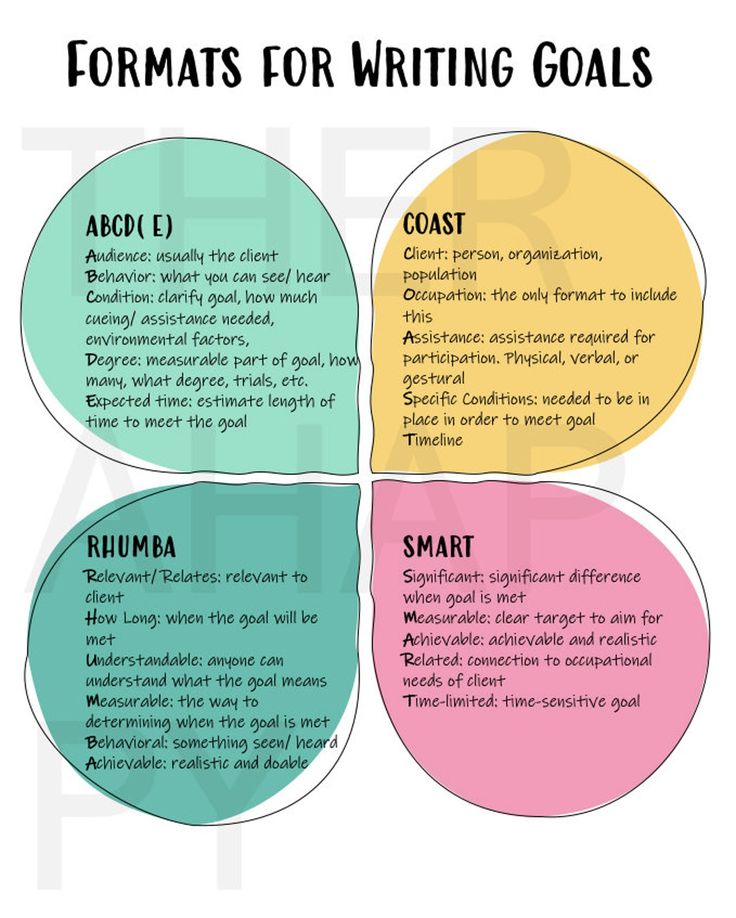 These include:
These include:
-
Social skills training groups where children are taught how to behave in social situations, such as how to greet a friend, join a conversation, and recognize and respond to teasing.
-
Parental support from a psychologist is needed to help parents learn how to cooperate with teachers and help children improve their social skills.
-
Occupational therapy helps reduce fear of the unknown, improve coordination and improve fine motor skills.
-
Cognitive therapy helps to cope with anxiety and other types of mental disorders.
-
Talk to teachers about how to help your child do well in school.
What can you do at home?
Parenting a child with ADHD can be challenging, but there are many things you can do at home to help your child cope with symptoms and learn social skills. You can also try some of the behavior experts' strategies.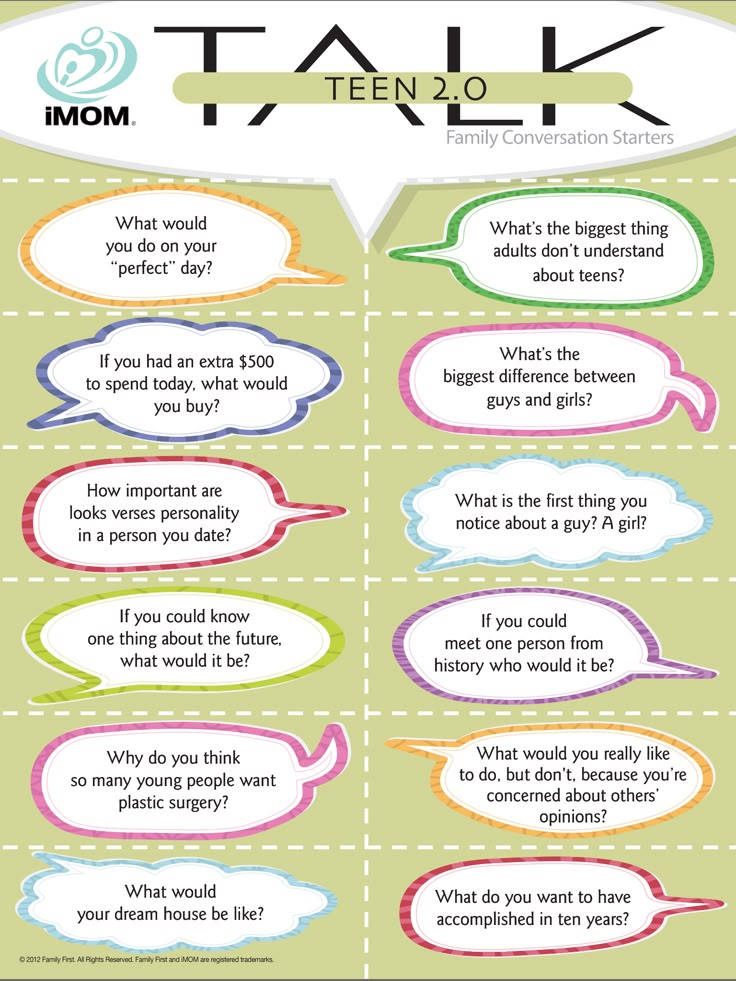 These steps can help you make positive changes in your child's life and in your family life:
These steps can help you make positive changes in your child's life and in your family life:
-
Think about how you speak. Remember that children with NRA are not good at understanding sarcasm and intonation, and they are likely to take what you say literally. For example, if you say, “If I see that thing in your hands again…,” he may continue to play with the prohibited item, turning away so that you cannot see him. Give clear instructions such as, "Please don't touch this thing."
-
Help with transitions. Children with NRO tend to dislike change because it is difficult for them to understand it. They may not have the abstract thinking skills needed to imagine what's next. You can prepare your child for routine changes by using logical explanations. Instead of saying, “We're going to have dinner with grandma soon,” try, “We're going to have lunch at grandma's house tonight because it's her birthday. We leave in an hour."
-
Watch your child.
 A child with NRO may be shocked by sudden external stimuli such as noise, smells, sounds, and temperature. Try to avoid situations that may trigger shock reactions in your child.
A child with NRO may be shocked by sudden external stimuli such as noise, smells, sounds, and temperature. Try to avoid situations that may trigger shock reactions in your child. -
Arrange meetings with friends. Help your child find friends with similar interests, whether it's a love of comics or cooking. Invite friends over for a social experience in a familiar setting. Think about what the children will do, offer them games so that they do not sit idle. It is also best to invite guests at times of the day when the child is usually well-behaved.
Practice using the Fast ForWord neurological online method. It is also called "Brain Fitness". By studying Fast ForWord at home, your child will train brain areas responsible for key executive functions, reading, speech skills, concentration skills, develop memory and other important cognitive skills necessary for successful learning and socialization. Thanks to these activities, more than 3 million children in the world have left special education.
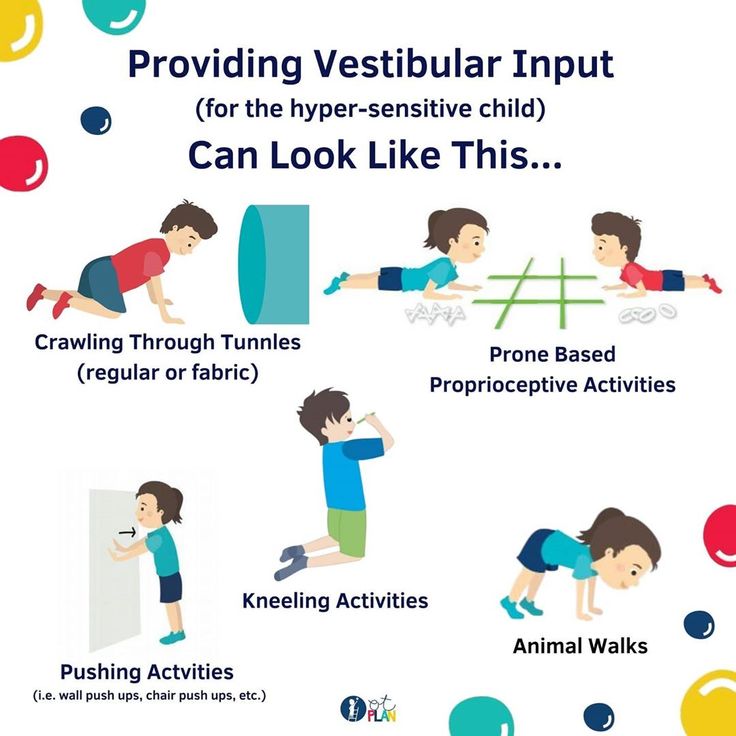 classes!
classes!
What can make learning easier?
There are many ways to support your child with NRO:
-
Take notes. Monitor the child's behaviors and symptoms, when and where they occur. Your observations will be valuable information for professionals who can help your child.
-
Tell your child's doctor about your findings to discuss possible next steps. This may include a referral to a psychologist who can conduct a comprehensive assessment and develop a treatment plan.
-
Talk to your child's teacher to find out what problems your child is having at school. Ask what methods of assistance have been used and which ones are most effective. Discuss with teachers if the child needs special education.
-
Contact other parents. Discuss your observations with parents who have experienced similar problems, perhaps they can share their successful experience with you.
Nonverbal learning disorder can cause both social and academic problems for your child and there is no proven cure.

